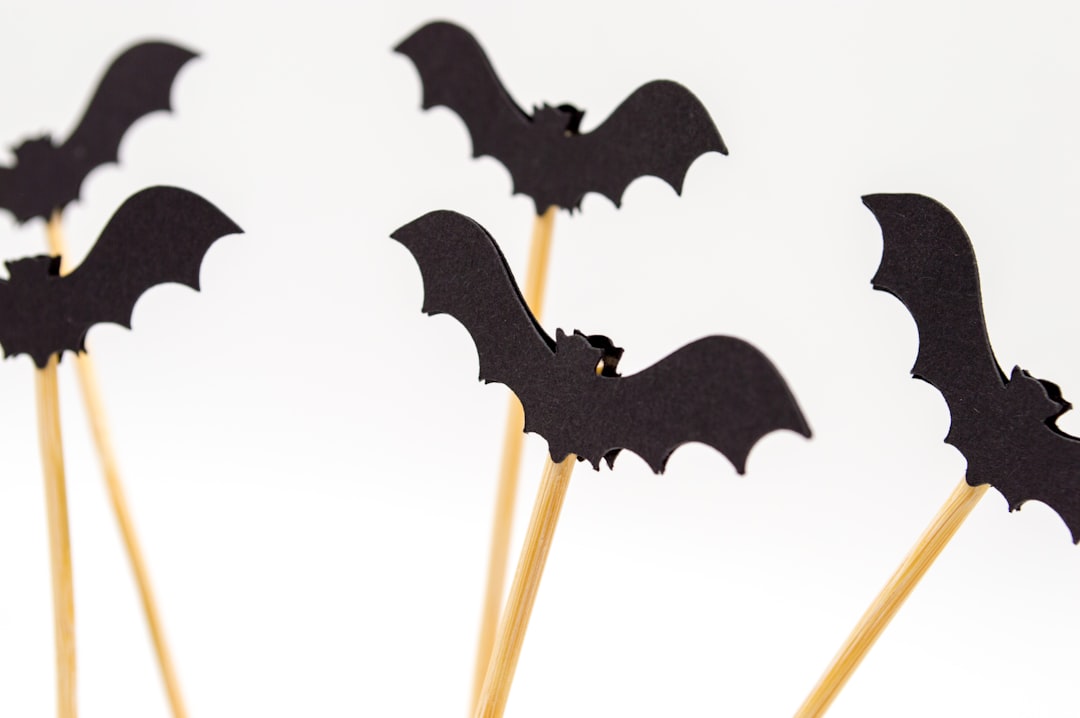What is it about?
A coupled computational fluid dynamics and computational structural dynamics methodology is developed to analyze the effects of a leading-edge slat on rotor performance. The multielement intermesh connectivity was handled by implicit hole cutting overset implementation. The three-dimensional coupled computational fluid dynamics/computational structural dynamics model is extensively validated against a UH-60 flight-test condition: C9017. The solver is then used to successfully demonstrate the effectiveness of a leading-edge slat in mitigating (or eliminating) dynamic lift and moment stall on a modified UH-60A blade with a 40%-span slatted airfoil section. This results in a reduction of torsional structural loads (up to 73%) and pitch link loads (up to 62%) as compared to the baseline C9017 values. A dynamically moving slat strategy, actuating between slat positions S-1 and S-6 with 1 per revolution harmonic, is considered for stall mitigation. Further, it is shown that using slats with up to 10% higher thrust beyond the limit imposed by McHugh’s stall boundary (C9017) can be achieved. Stall mitigation due to the slat results in a reduction of torsional load up to 54% and a reduction of pitch link load up to 32% as compared to the baseline C9017 flight-test values, even for an increase in thrust of 10%. Read More: http://arc.aiaa.org/doi/10.2514/1.C033236
Featured Image
Read the Original
This page is a summary of: Coupled Aeroelastic Prediction of the Effects of Leading-Edge Slat on Rotor Performance, Journal of Aircraft, January 2016, American Institute of Aeronautics and Astronautics (AIAA),
DOI: 10.2514/1.c033236.
You can read the full text:
Contributors
The following have contributed to this page










